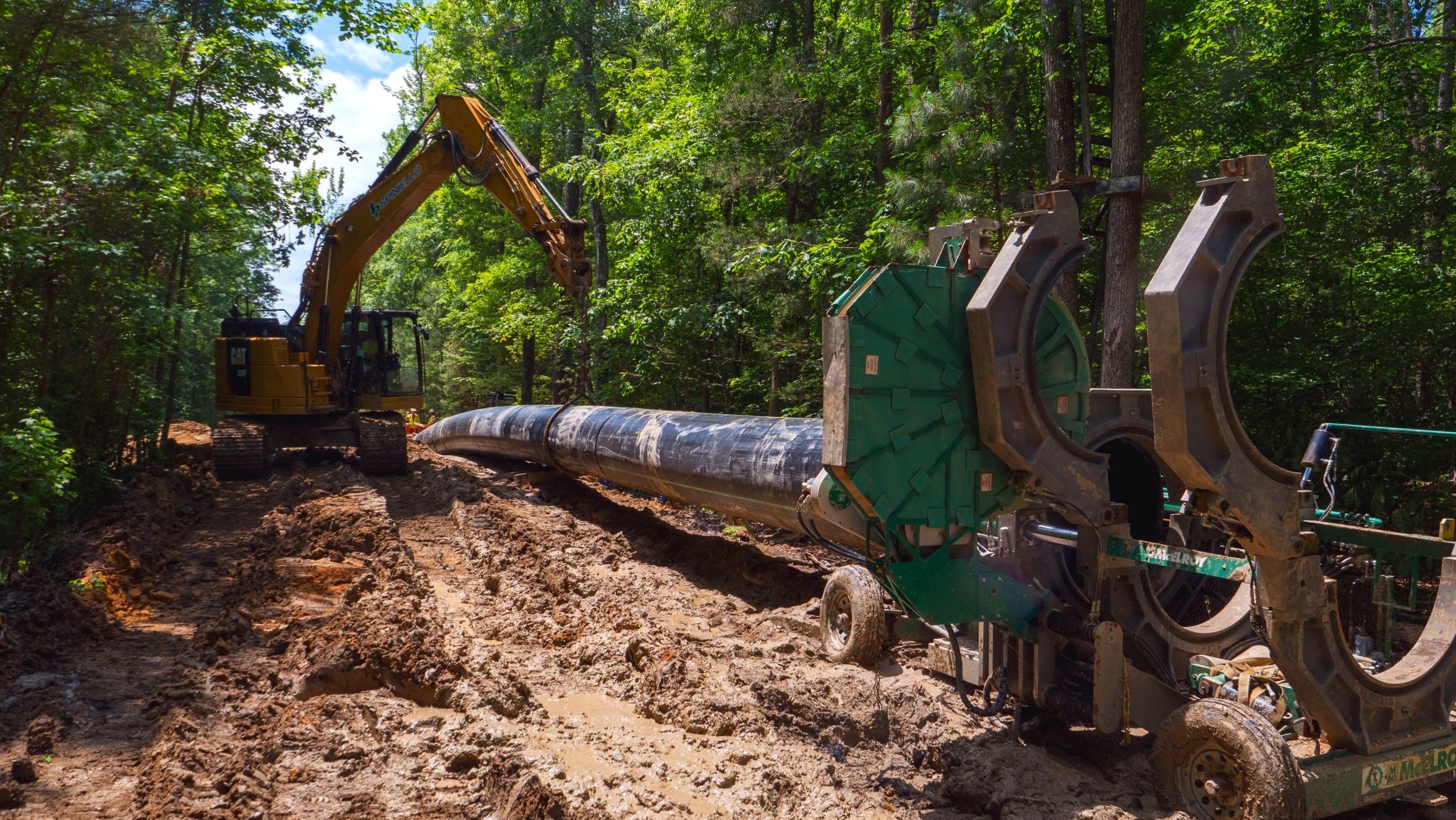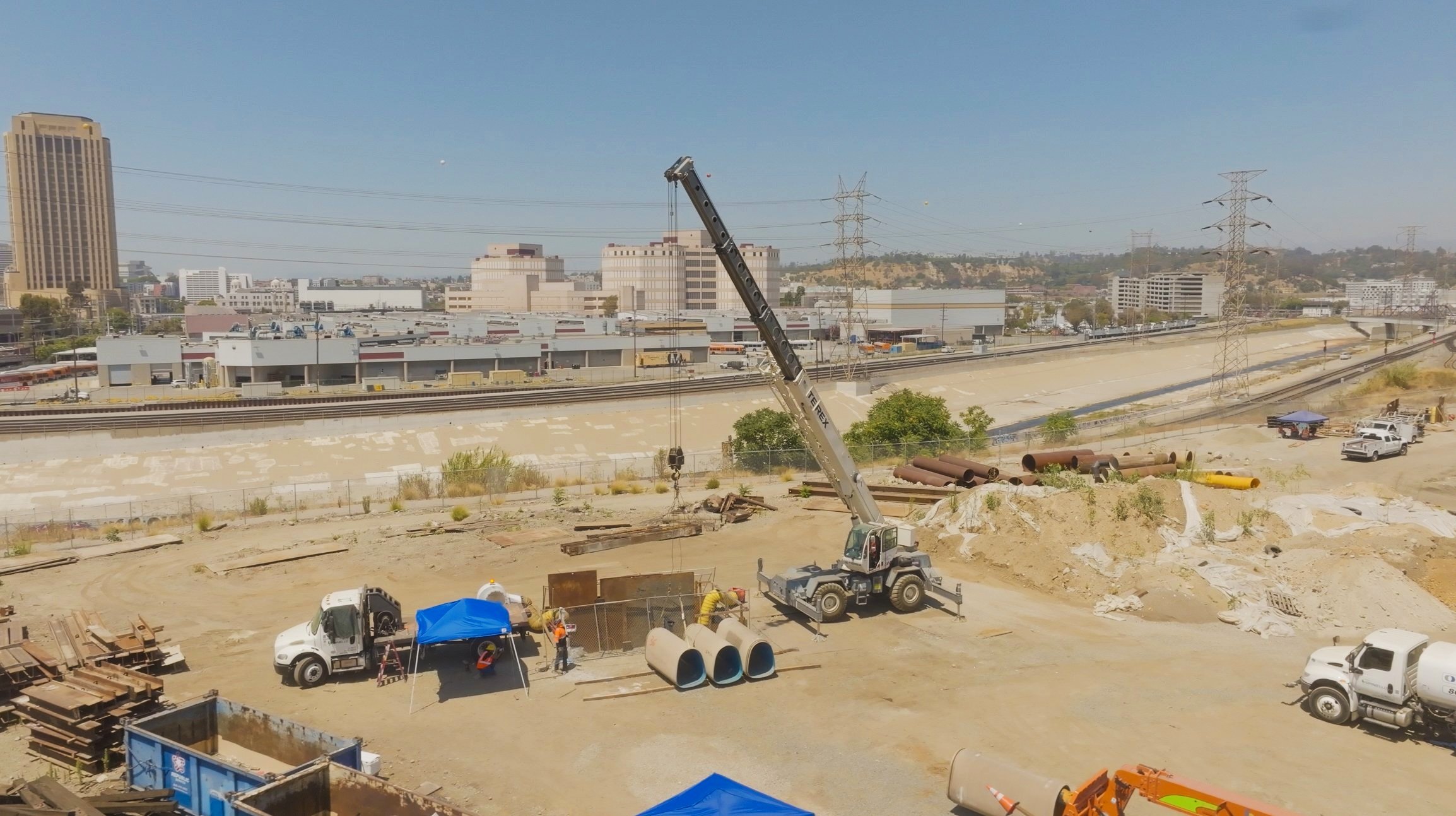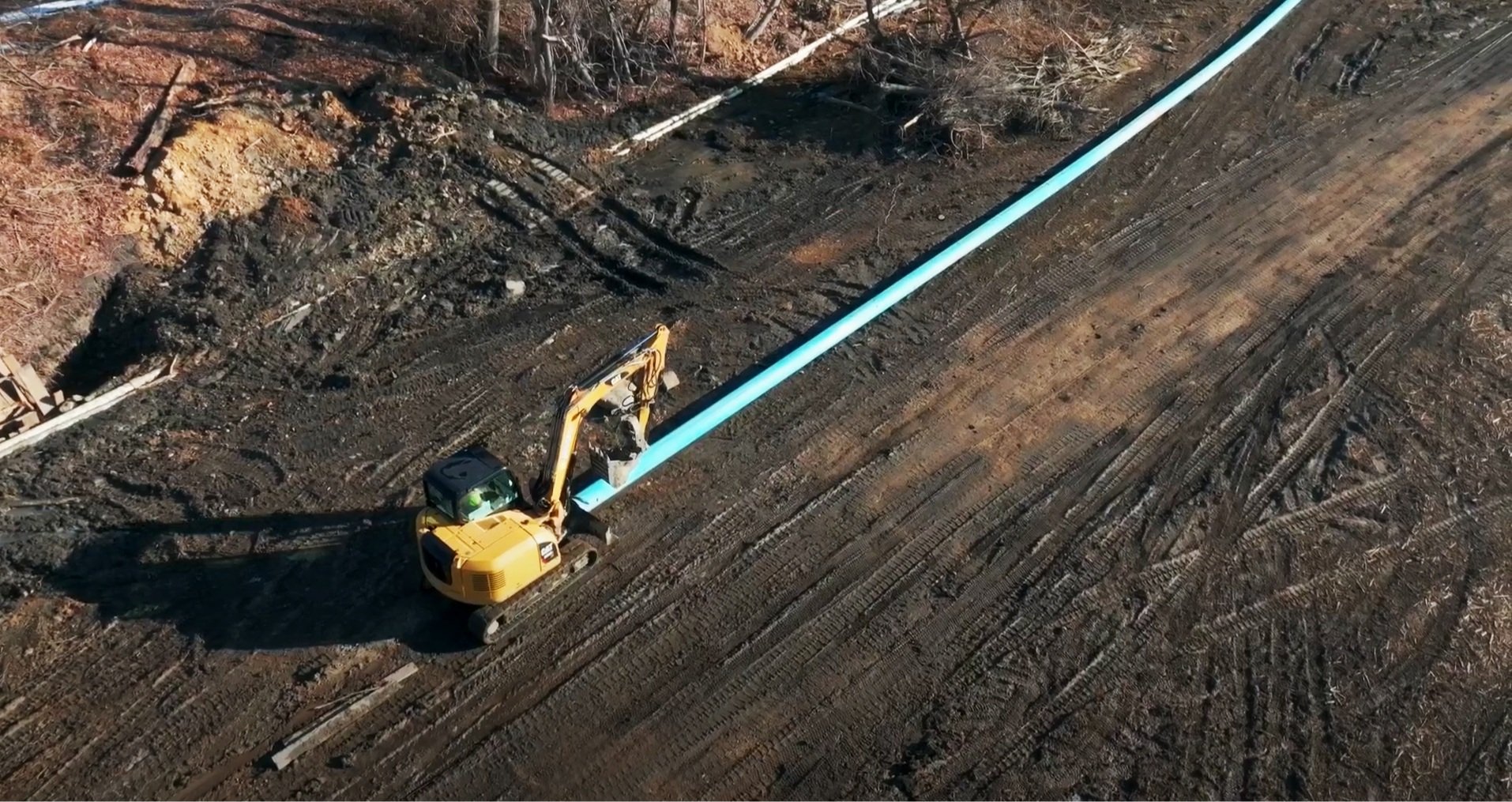
⸻
SLIPLINING

trenchless
pipe rehabilitation
Sliplining might just be the oldest of all the trenchless pipe rehabilitation techniques, but it remains one of the most popular to this day because of its ease and effectiveness.
-
With this technique, a new, smaller pipe is inserted inside a deteriorated pipe to extend the life of important water infrastructure. Spiniello has completed a wide variety of sliplining projects, including sanitary sewer mains, potable water, industrial pipelines, wastewater collection systems and more.
Any new pipes used in sliplining need to be smaller than the host pipe. The new pipe is first laid out above ground, then pulled through an excavated area into the host pipe. The new pipe then gets winched to manhole or exit pit through the host pipe. Materials for new pipes can include polyvinyl chloride (PVC), polyurethane (HDPE and HE) and more.
Once the pipe is in place, the space between the new and host pipes needs to be sealed. Spiniello uses a special water-tight sealing solution to ensure no leakage gets through to damage the new pipe.
⸻
related PROJECTS

⸻
SLIPLINING
BENEFITS
-
You are able to save a significant amount of money and time while providing an environmentally friendly pipe rehabilitation solution.
-
Because there isn’t nearly as much excavation required with sliplining as regular pipe replacement, you can drastically minimize the disruptions for pedestrians and vehicles.
-
Sliplining enables you to improve the flow characteristics of sewer and water lines, remove risks of corrosion and leakage and reduce the costs of pumping and ongoing maintenance.









